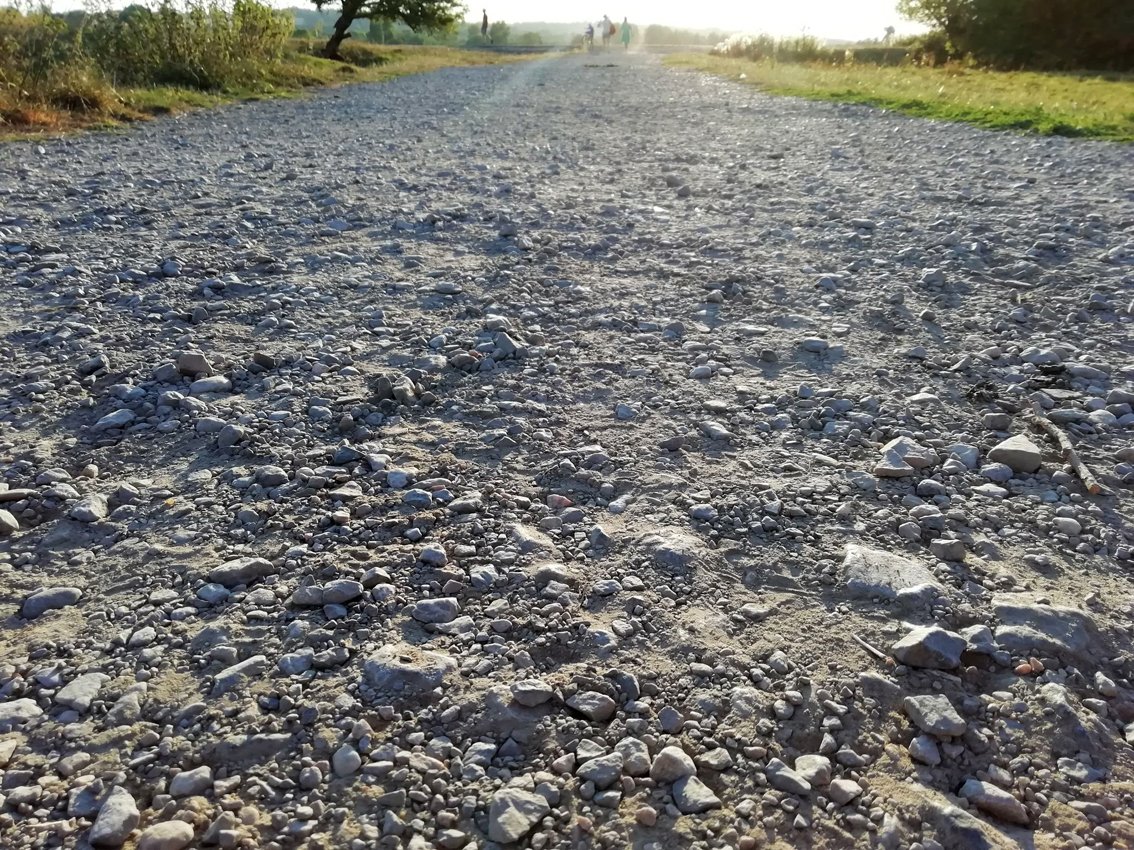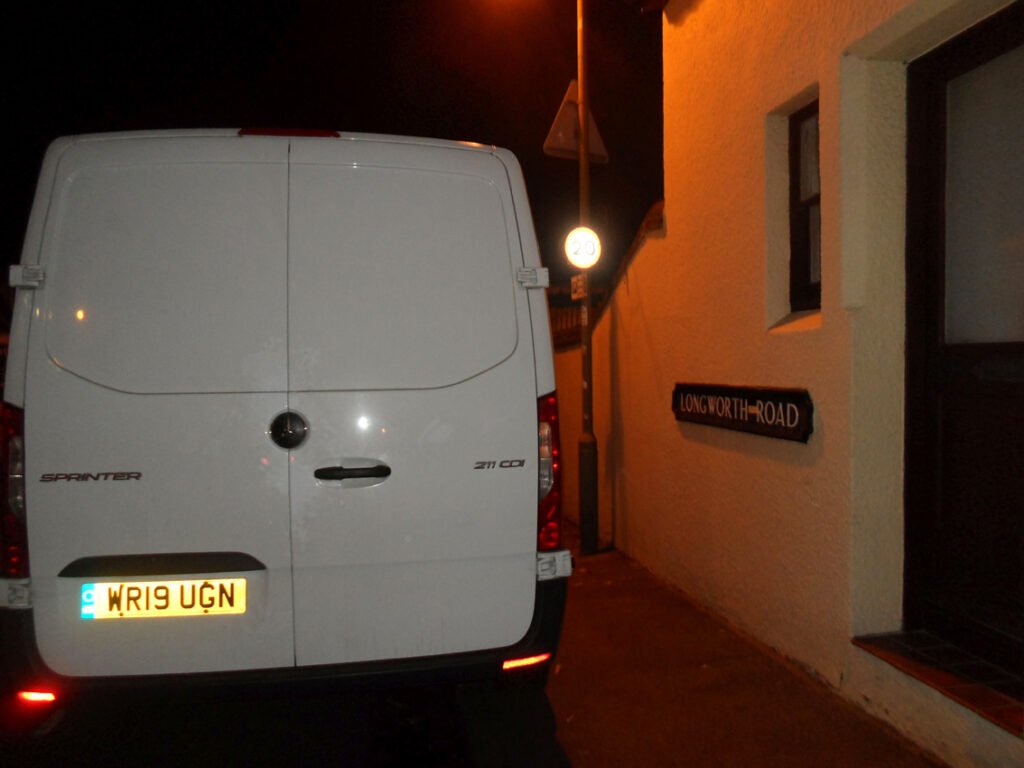An accessible city?

By Sushila Dhall
Sushila is Chair, Oxford Pedestrians Association (OxPA)
Pedestrians are supposed to be at the top of the hierarchy in road-use planning. But is this really the case?
- What is it like to be an urban pedestrian with mobility support needs?
- How disabling are roads and pavements?
OxPA audited walking routes in the city. We found that most routes are impassable for people with mobility support needs, either entirely, or at crucial points.
Banbury Road
We tried to use a walker and a wheelchair in Banbury Road. The pavements vary from wide and level to narrow and obstructed, but the real obstructions were side-street crossings. Some cambers are so steep that wheelchair users risk falling on their faces trying to get off the pavement at designated crossing places. A person using a frame to walk would also be at risk of falling. Therefore, we could not get all the way to Summertown.
Christ Church Meadow
We tried to cut through Christ Church Meadow from the High Street to St Aldates. We found that wheelchair users cannot access the meadow through any but the St Aldates’ entrance. The pavement route through the city between these two gates is fraught. It is crowded with people on narrow pavements that are obstructed by A-boards outside cafes, poles and bins.
Binsey village
We tried to go to The Perch at Binsey. The road route via Binsey Lane has no pavements. A wheelchair or frame user cannot step on and off grass verges when a vehicle passes, so we tried the route across Port Meadow. The path is bumpy and full of trip hazards. The ramp to Rumbling Bridge was levelled at our request, but the bridge has such wide gaps between planks that frames and wheels could get caught. Despite these hazards we got to Rainbow Bridge, then found that a wheelchair cannot get over this bridge because it is too steep.
Rumbling Bridge has such wide gaps between planks that frames and wheels could get caught

Too many hazards
A resident of Oxford describes how, in her husband’s last months of life, she had to push him in his wheelchair on the roads, because the pavements sloped so much. One example is at the top of Hythe Bridge Street, where the pavement slopes steeply across most of its width. This is supposed to help people crossing the road. For wheelchair users going straight ahead it makes the chair tip dangerously sideways. A speed monitoring line has been placed across the pavement that wheelchair users would find hard to get over. At the very least it would jolt them painfully.

If everywhere in the city was accessible for wheelchair and frame users, then it would be accessible to us all
There are countless other examples:
- sloping pavements that risk wheelchair users tipping into the path of motor vehicles
- huge puddles (‘ponding’) at crossing points
- narrow or non-existent pavements
- places where a wheelchair user cannot get off the pavement to cross roads
Added to this are obstructions caused by careless siting of e-scooter and bicycle parking, and cars parked so that pavements are unusable. Where the Botley Road is closed the pavement is covered with signs to motorists, creating obstacles for footway users.
If everywhere in the city was accessible for wheelchair and frame users, then it would be accessible to us all: people who need a hand to hold, people with children in buggies, people with shopping trolleys, and people who cannot hear unless they can see the other person. Pavements need to be wide, level and unobstructed.
As an urgent start, urban planners and councillors should work with disabled people when designing and building roads and pavements, and siting infrastructure on pavements.
Image credits
Sushila Dhall
